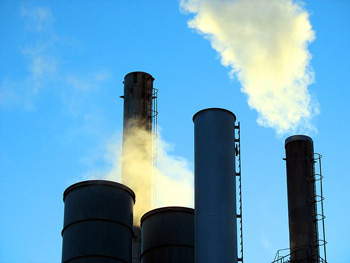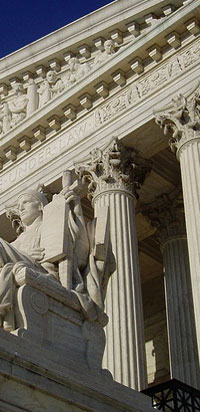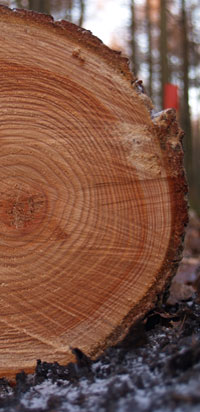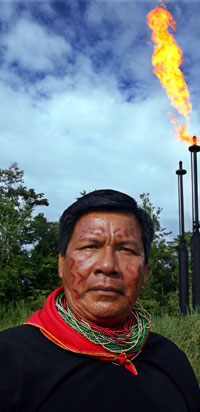
 This week Texas and 14 other states sued the U.S. government to protest the EPA’s finding that greenhouse gases threaten public health and welfare.
This week Texas and 14 other states sued the U.S. government to protest the EPA’s finding that greenhouse gases threaten public health and welfare.
Meanwhile, a California judge suspended the cap-and-trade portion of the state’s Global Warming Solutions Act until it is brought into compliance with another environmental law. As state and federal climate legislation encounters hefty legal challenges, environmental protections are shaped increasingly by judicial — rather than legislative or scientific — processes.
Legal experts say linking greenhouse gas emissions to specific regional impacts and damages is daunting, despite strong evidence that climate change is caused by human activities. Nevertheless, William Buzbee, professor of law at Emory Law School, told me, “Individual states continue to be quite active in addressing adaptation issues. That’s where you’ll see science and engineering influencing the courts through briefs.”
On the federal level: The Supreme Court heard arguments last month on whether greenhouse gases can be considered a public nuisance in Connecticut v. American Electric Power. This week, Patrick Parenteau of the Vermont Law School said that the court will likely rule that they can. He added, “I'll be curious to see whether the COURT addresses the uncertainty surrounding congressional efforts to repeal EPA's authority.
Looking forward: As climate change impacts become clearer, law experts say that courts will likely need more information through friends-of-the-court briefs written by climate scientists. Many climate scientists tell me they are not prepared to write affidavits requested to challenge EPA’s scientific information in the court record.
Click to read more about this topic
Some environmental groups that are pushing for cap-and-trade (such as Environmental Defense Fund and The Nature Conservancy) could earn a significant amount of money for carbon credits generated on land they own nationally and internationally. Their financial stake in the cap-and-trade plan shouldn't be overlooked.
Setting it straight: The plaintiffs in the case are often portrayed as simply "environmentalists." They identify themselves as environmental justice groups, representing low-income people and minority communities who are most at-risk for industrial pollution. They distance themselves from conservation and other advocacy groups that support the cap-and-trade legislation.
I’m watching: The real test is whether the Air Resources Board can resolve these issues to the court's satisfaction by the end of October 2011. Otherwise, the ARB has to start over with the scoping plan for cap-and-trade because the rule will expire.
Click to read more about this topic
- Judge's Ruling Puts Global Warming Law on Hold [By Sarah Terry-Cobo , California Watch]
- Lawsuit by Low-Income Groups May Delay Climate Law [By Sarah Terry-Cobo, California Watch]
- Enviro Lawyers Tied in Knots Over Calif. Emissions Ruling [By Lawrence Hurley, Greenwire]
- Judge Blocks State's Global Warming Law, Putting 2012 Start Date in Doubt [By Colin Sullivan, ClimateWire]
| Tweet This Page |










